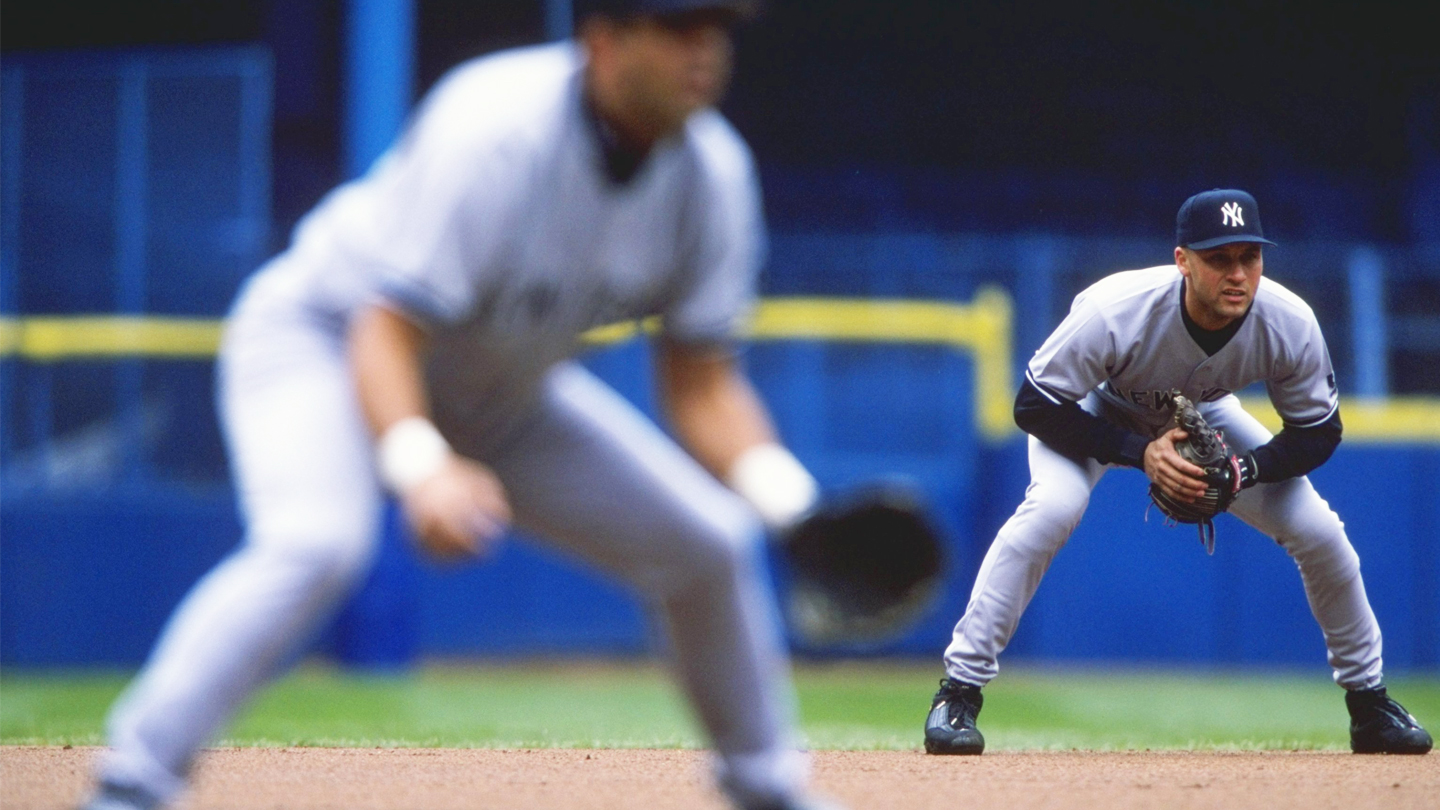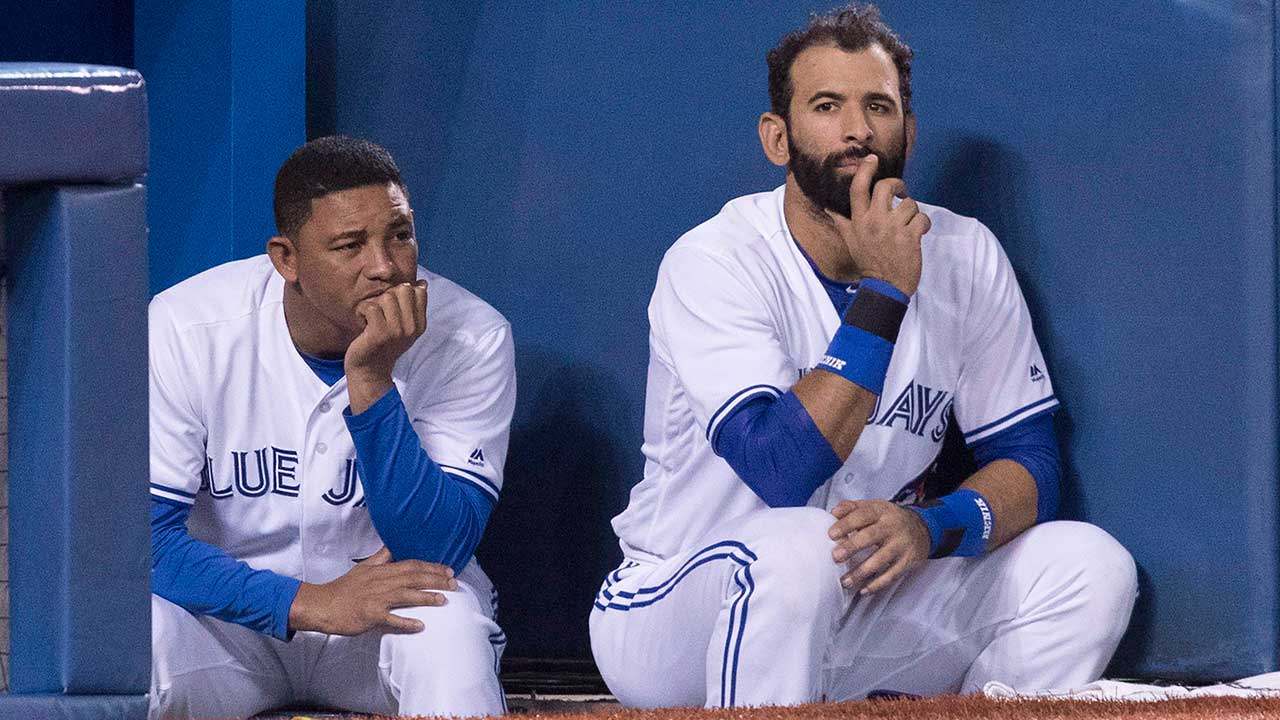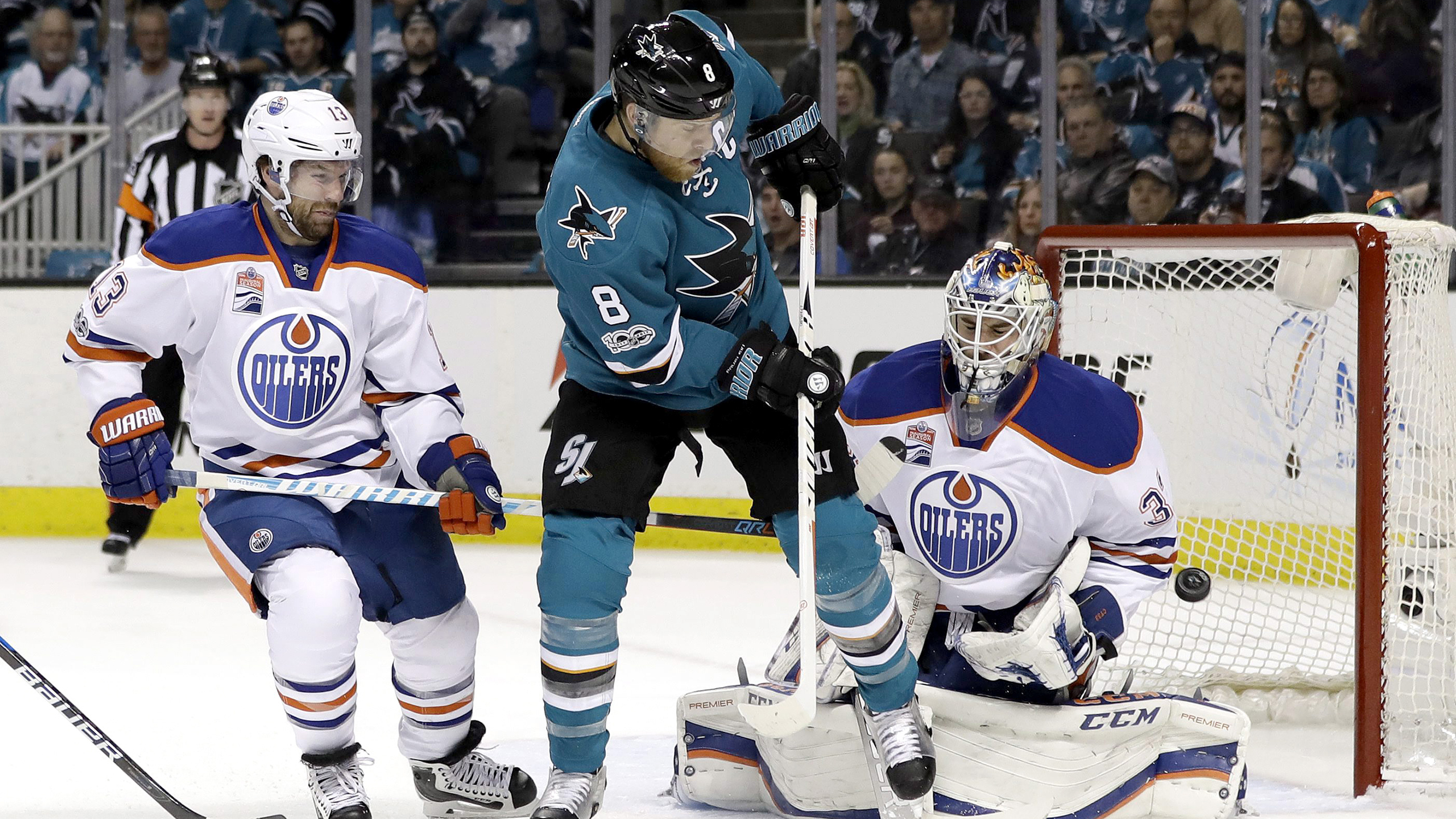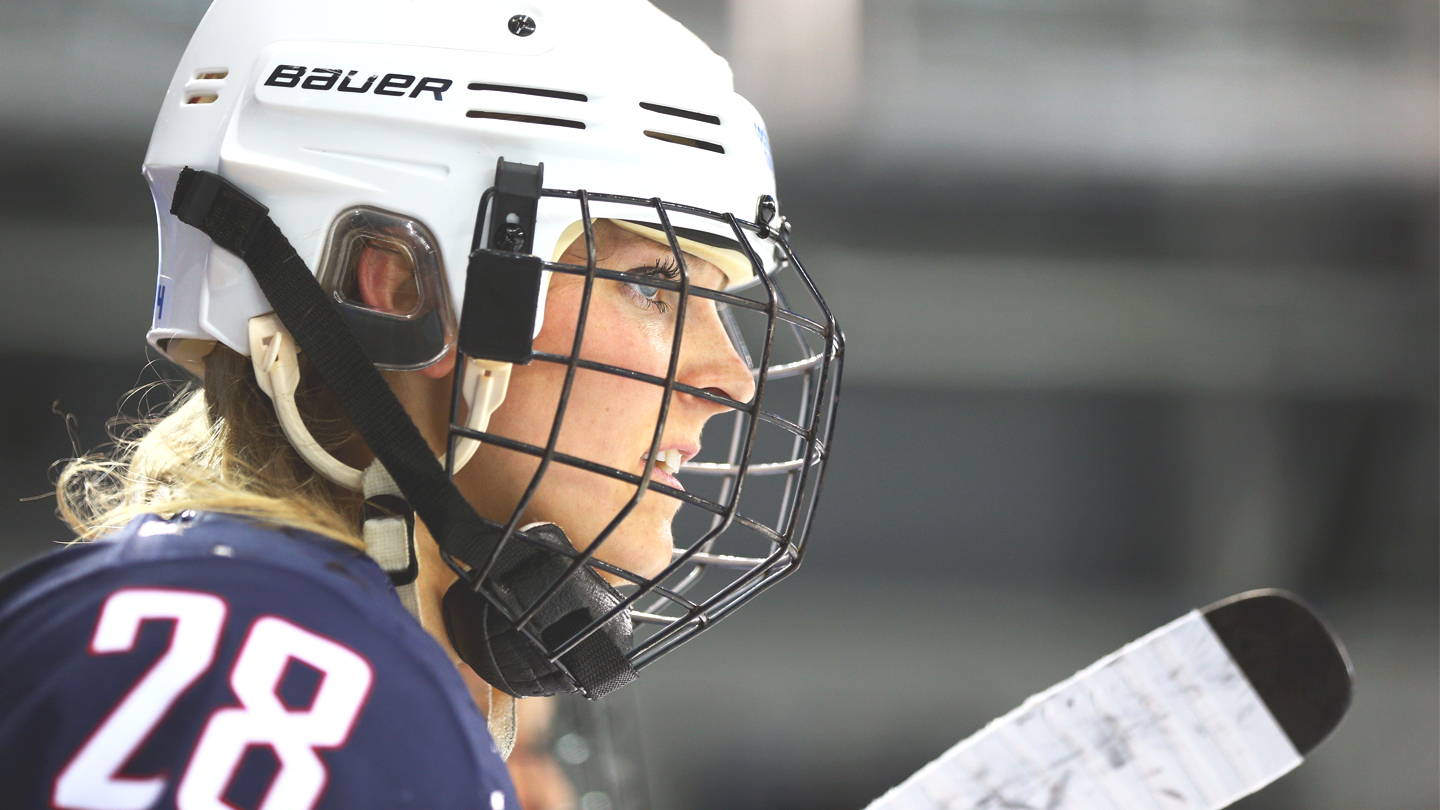Start with the money.
As Brian Cashman admitted, rebuilding your major-league roster seems easy when you can spend around $200 million per season. It’s nice to hear everybody rave about prospects like Clint Frazier and Gleyber Torres, and see young players such as Gary Sanchez and Aaron Judge and Greg Bird with your very own eyes as they contribute in the big leagues on a nightly basis, and still know you can afford to chase a big-name free agent.
But then, what else would the New York Yankees do? Sackcloth doesn’t come in pinstripes.
Having one of the highest payrolls in the game, though, doesn’t necessarily make rebuilding a walk in the park. Those same deep pockets also create expectations for a fan base and ownership that still see post-season baseball as a birthright, especially with two wild-card spots open each season. “You know, some teams take the approach that: ‘We’re going to cut it, rebuild and live to fight four years from now,’” Cashman, the Yankees senior vice-president and general manager, says sitting in the dugout at George M. Steinbrenner Field. “Certain clubs have just dropped off the face of the earth … tanked … lost 100 games … to get more international slot money and a higher draft pick. That’s not a path we’re allowed to take.”
Now in his 20th season as Yankees GM, Cashman was an intern and then assistant farm director the last time the Yankees decided to swallow hard and rebuild. So he knows this latest overhaul can be done, even if a recent Quinnipiac University poll revealed New York’s baseball fans currently favor the Mets over the Yankees 45 per cent to 43; an unthinkable sentiment not too long ago. “We’ve already seen a Yankees rebuild, even though people kind of forget it because it seems so long ago,” says Cashman, who also happens to be in the final year of his contract. “It gives you comfort that it’s been done … That’s where I think experience is an important factor, because you realize it’s not guesswork. I’ve done it, lived it and we didn’t just survive, we thrived. That’s what we’re trying to do again.”

Bernie Williams’s arrival in 1991 was the first indication that the Yankees would accomplish something remarkable in that decade, but it wasn’t until 1995 — the year after Major League Baseball’s players’ strike killed the World Series — that a left-hander named Andy Pettitte was promoted to the big-league roster, along with reliever Mariano Rivera. One year later, Derek Jeter joined; two years after that, Jorge Posada. Ladies and gentlemen, meet the Core Four.
 Jeter was the sixth choice in 1992 as a high-school shortstop out of Kalamazoo, Mich. Pettitte was drafted in the 22nd round two years earlier, when Rivera was signed as an international free agent. Posada was chosen in the 43rd round in 1989.
Jeter was the sixth choice in 1992 as a high-school shortstop out of Kalamazoo, Mich. Pettitte was drafted in the 22nd round two years earlier, when Rivera was signed as an international free agent. Posada was chosen in the 43rd round in 1989.
Not that there weren’t resets, and even setbacks.
Posada was drafted as a shortstop. Rivera had Tommy John surgery, long before it was fashionable. And Jeter?
“When Derek made 56 errors [at Single-A Greensboro at the age of 19] the New York press was going ‘Oh my God, this guy should be a centerfielder,’” says Mitch Lukevics, Yankees farm director from 1990 to ’96. “Derek made errors because he got to balls most people couldn’t. And he had growth spurts … I mean, he was an ugly duckling at one point, believe it or not. Derek Jeter. He couldn’t turn his body properly to throw the ball and he would airmail throws.”
 But we all know the rest. By the time the Core Four retired, they would accumulate 19 World Series rings and 35 All-Star Game appearances. Rivera and Jeter will be first-ballot Hall of Famers in 2019 and 2020, respectively.
But we all know the rest. By the time the Core Four retired, they would accumulate 19 World Series rings and 35 All-Star Game appearances. Rivera and Jeter will be first-ballot Hall of Famers in 2019 and 2020, respectively.
“Pie in the sky,” is what Lukevics calls the idea of four gilt-edged prospects breaking into the game at the same time, staying healthy and winning. Adds Bill Livesey, who was the Yankees’ scouting director from 1991 to ’96: “Our paramount mission statement consisted of two words: ‘impact’ and ‘longevity.’ Those players helped us meet that statement. We were blessed.”
New York’s baseball gods appear to be in a blessing mood again these days, which is bad news for the rest of the league. Catcher Sanchez, first baseman Bird and right-fielder Judge (all 24 years old) were ticketed to be everyday players in 2017, although Sanchez’s season was interrupted early by a biceps strain. Torres (20) and Frazier (22) are among seven Yankees minor leaguers who land in most Top 100 rankings. Three of those seven prospects — Frazier, Torres and left-hander Justus Sheffield — arrived last season in trades and the organization’s farm system graded out as second-best in baseball according to both ESPN.com and MLB.com.
This may be a different era than the last rebuild, but Cashman says many of the principles remain the same, even allowing for the vagaries of player development. “We can talk all we want and evaluate as best we can but it’s the game that separates the men from the boys,” Cashman says. “You plug in a guy, let him play, and if he earns the next rung in the ladder, so be it.”
 Livesey, a 77-year-old baseball lifer who was most recently a special advisor with the Pittsburgh Pirates, says the key now, as then, is to “make sure you have a couple of waves of players hitting the shore each season, but not at the same time. Too many waves is a tsunami … and tsunamis are never good.”
Livesey, a 77-year-old baseball lifer who was most recently a special advisor with the Pittsburgh Pirates, says the key now, as then, is to “make sure you have a couple of waves of players hitting the shore each season, but not at the same time. Too many waves is a tsunami … and tsunamis are never good.”
The current waves seem to be breaking just right for the Yankees, but they’ll still have to figure out how to handle what washes ashore. “You know, one of the biggest things we had to do is come up with the guys to keep, because we had so many good, young players,” says Livesey of the ’90s rebuild. “We had Mariano, but we also had Bobby Wickman at the time. He was well ahead of Mariano, in terms of experience.
“Thank God we mostly picked the right guys.”
 Those choices are by nature tricky ones: It’s seldom linear when it comes to baseball prospects.
Those choices are by nature tricky ones: It’s seldom linear when it comes to baseball prospects.
“There’s no format, no [standard equation to plug in] and Derek Jeter should hit .380 in the Florida State League,” says Lukevics. “What really happened with … the Core Four is they were all physically able to take on the next level as well as being mentally able.
“They were all good athletes to begin with … And they never gave us a stitch of problems in the minors. They were all coachable, had great attitudes and aptitude, and they kind of dictated their own pace at which we moved them up the ladder. In this business, you get guys who give you grey hair or make you lose your hair. Those four … kept the hair on your head.”

Speaking of hair, Frazier was the prospect who made all the headlines this spring because his curly red mop flew in the face of what passes for convention with the Yankees, defying the team’s well-established but anachronistic “grooming code.” That, and the trip he took to get frozen yogurt — in uniform, at the behest of Reggie Jackson. On March 10, after a discussion with manager Joe Girardi in which the sides apparently agreed that it was becoming a “distraction,” Frazier had the clippers taken to his head. Social media was agog, almost as much as when Yankees broadcaster Suzyn Waldman reported she’d been told that Frazier had asked the Yankees whether any single-digit jerseys — preferably, No. 7 — were available. Note to pinstriped prospects: all the single-digit Yankees’ numbers disappeared a while ago.
 Frazier, who was drafted fifth overall and signed with a $3.5-million bonus by the Indians in 2013, is an outstanding corner outfield prospect with remarkable bat speed and the forearms of a stevedore. He’s projected to be hitting homers out of Yankee Stadium in the next two seasons. But Torres — despite hitting the seven-day minor-league DL with mild right rotator cuff tendinitis—isn’t that far behind, either, and watching him methodically take batting practice, spraying the ball from field to field, suggests a pretty fair baseball I.Q. Already, his spring training presence was being described as “Jeteresque,” despite his tendency at times to try for style points on throws. In fact, after Torres scored from second base on a wild pitch in a Grapefruit League game this spring, Girardi told reporters he reminded him of you-know-who in terms of understanding “the sense of the moment.”
Frazier, who was drafted fifth overall and signed with a $3.5-million bonus by the Indians in 2013, is an outstanding corner outfield prospect with remarkable bat speed and the forearms of a stevedore. He’s projected to be hitting homers out of Yankee Stadium in the next two seasons. But Torres — despite hitting the seven-day minor-league DL with mild right rotator cuff tendinitis—isn’t that far behind, either, and watching him methodically take batting practice, spraying the ball from field to field, suggests a pretty fair baseball I.Q. Already, his spring training presence was being described as “Jeteresque,” despite his tendency at times to try for style points on throws. In fact, after Torres scored from second base on a wild pitch in a Grapefruit League game this spring, Girardi told reporters he reminded him of you-know-who in terms of understanding “the sense of the moment.”
“Honestly, we made decisions on each individually,” Lukevics says when asked how the team knew when the Core Four were ready for the bigs. “It’s just that collectively they all came up at the same time and ended up doing a helluva job.
 “I would say that you never knew that core group would be together that long. Sure, you knew the potential they had and you knew the upside but you never know about longevity, because there are so many variables that come into play over the course of a career. Thing is, for all of those guys, none of those ‘bad’ variables came into their journeys. There’s a little luck that goes into this, and a lot of DNA.”
“I would say that you never knew that core group would be together that long. Sure, you knew the potential they had and you knew the upside but you never know about longevity, because there are so many variables that come into play over the course of a career. Thing is, for all of those guys, none of those ‘bad’ variables came into their journeys. There’s a little luck that goes into this, and a lot of DNA.”
Payroll certainly helps maximize both the luck and DNA. As Livesey notes “you want players brought up, not dragged up.” Controlling the timeline is vital.
“Your major-league payroll is important, because it allows you to be patient,” Livesey says. “We had one season where we thought that Derek Jeter might be on the brink, but Gene [Michael, then Yankees GM] decided it would be better to give him another year. So he went out and signed Tony Fernandez to buy us some time. Things like that … they give you freedom to be patient.”
 If the Yankees get this right again, it would put them in a truly enviable position right as the most impressive free-agent class of all time comes on the market after the 2018 season. Unless Bryce Harper, Manny Machado, Andrew McCutchen, Adam Jones, Josh Donaldson, David Price and Clayton Kershaw are re-signed by their current teams (or in the case of the last two, decide against exercising options), the Yankees will be picking their way through a target-rich environment with as many as seven regulars either ineligible for arbitration or in their second years of eligibility. As of today, the Yankees have a shade over $70 million in guaranteed money committed to 2019, which means somebody’s going to get paid , even with the new reality imposed on teams by a reworked luxury tax.
If the Yankees get this right again, it would put them in a truly enviable position right as the most impressive free-agent class of all time comes on the market after the 2018 season. Unless Bryce Harper, Manny Machado, Andrew McCutchen, Adam Jones, Josh Donaldson, David Price and Clayton Kershaw are re-signed by their current teams (or in the case of the last two, decide against exercising options), the Yankees will be picking their way through a target-rich environment with as many as seven regulars either ineligible for arbitration or in their second years of eligibility. As of today, the Yankees have a shade over $70 million in guaranteed money committed to 2019, which means somebody’s going to get paid , even with the new reality imposed on teams by a reworked luxury tax.
 Philadelphia Phillies senior advisor Pat Gillick has said that any organization that isn’t getting its ducks lined up for that free-agent class is guilty of malfeasance. Cashman wouldn’t go that far, but he did say: “We started a couple of years back, trying to transition. We’ve stayed out of commitments in the free-agent market that would cost us our first-round picks; we’ve tried to make astute trades. We’ve stood down on massive financial deals because we’re pregnant with commitments already.”
Philadelphia Phillies senior advisor Pat Gillick has said that any organization that isn’t getting its ducks lined up for that free-agent class is guilty of malfeasance. Cashman wouldn’t go that far, but he did say: “We started a couple of years back, trying to transition. We’ve stayed out of commitments in the free-agent market that would cost us our first-round picks; we’ve tried to make astute trades. We’ve stood down on massive financial deals because we’re pregnant with commitments already.”
Twenty years after the Core Four, then, the Yankees appear to be adhering to the same principles of advancement. And they’ll once again have the money to cover up their mistakes or misreads. So here Major League Baseball stands, wondering whether this next wave of Yankees talent will wash ashore with the same effect as the last. Visiting teams will have help monitoring their progress this season, because the Yankees’ television network is offering fans “an unparalleled look at the Scranton/Wilkes-Barre RailRiders,” the team’s Triple-A affiliate, in a new series entitled Homegrown: The Path to Pinstripes. Chances are the installments will be shown on the video board at Yankee Stadium before games, in place of some of the usual Yankees hagiographies. The future is not only bright; it will be televised. And bankrolled.





